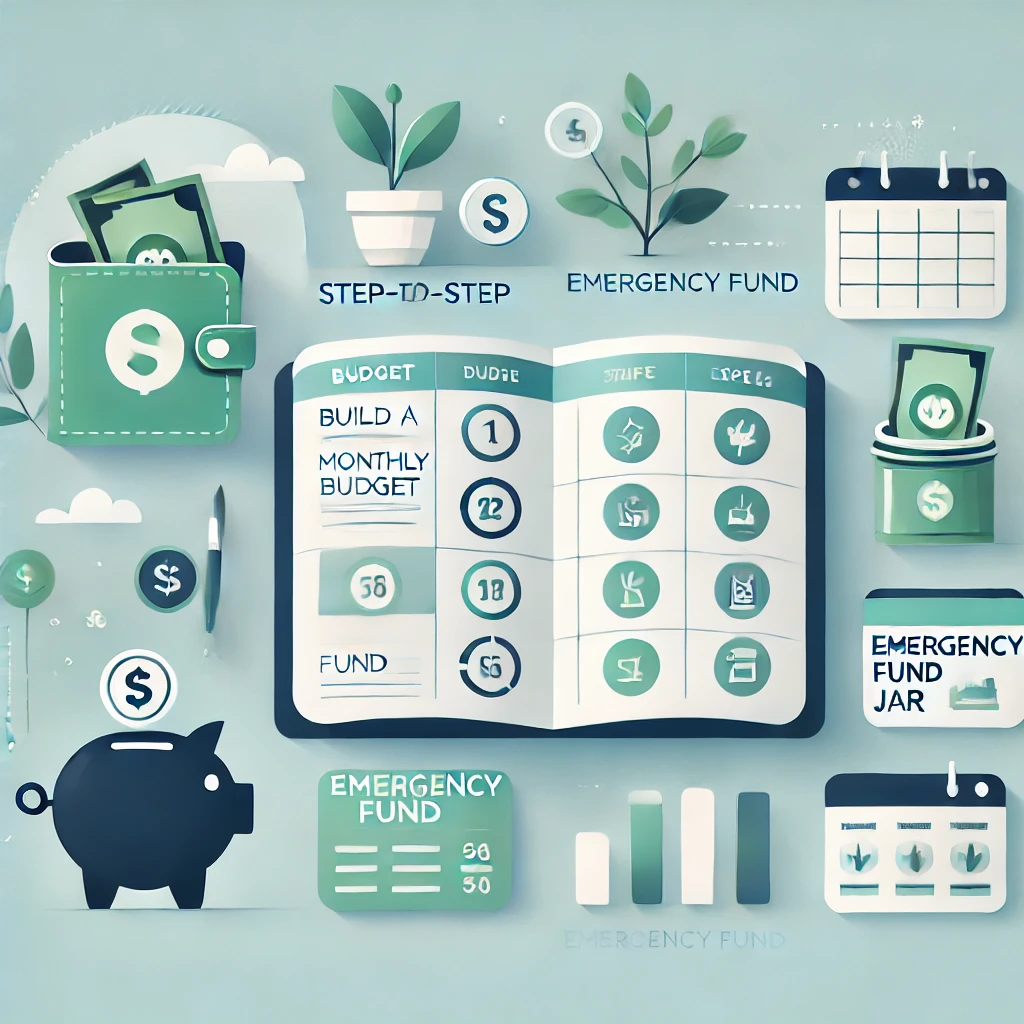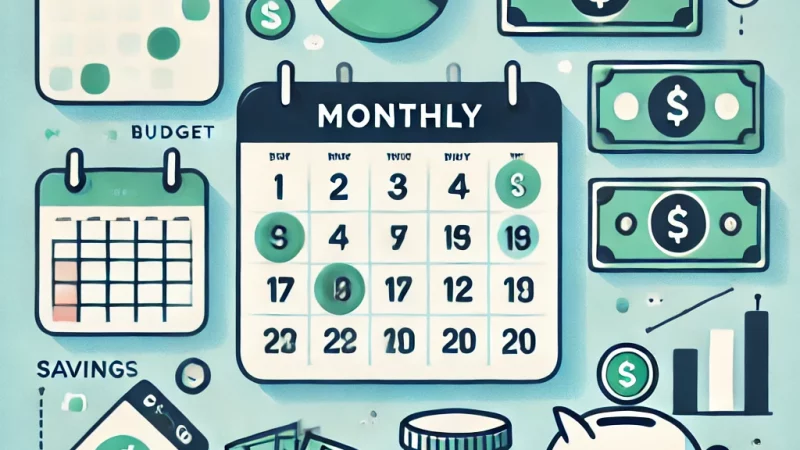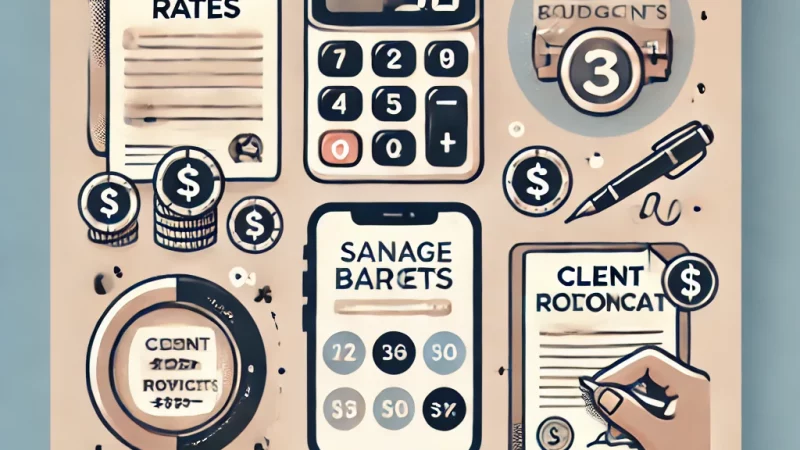Share a step-by-step guide to building a monthly budget and adjusting it for unexpected expenses

### Step-by-Step Guide to Building a Monthly Budget and Handling Unexpected Expenses
Creating a monthly budget is essential for managing your finances and staying prepared for life’s surprises. Here’s how to build a budget that’s flexible and effective:
—
#### Step 1: **Determine Your Total Monthly Income**
Start by calculating all sources of income, including:
– Salary
– Freelance or side gig earnings
– Other regular income sources (e.g., rental income)
– **Tip**: If your income varies, use a conservative estimate based on your lowest recent earnings.
—
#### Step 2: **Track Your Expenses**
Understand your spending habits by reviewing your last 1-3 months of expenses. Categorize them into:
– **Fixed Expenses**: Rent, mortgage, utilities, insurance.
– **Variable Expenses**: Groceries, dining out, transportation.
– **Discretionary Spending**: Entertainment, hobbies, subscriptions.
—
#### Step 3: **Set Budget Categories**
Divide your budget into these key categories:
1. **Needs**: Essential expenses like housing, utilities, and food.
2. **Wants**: Non-essential items like entertainment and dining out.
3. **Savings and Investments**: Emergency fund, retirement, or other financial goals.
4. **Debt Repayment**: Credit card payments, student loans, or other debt.
—
#### Step 4: **Allocate Spending Limits**
Assign a spending limit to each category based on your income and priorities. A common guideline is:
– 50% for Needs
– 30% for Wants
– 20% for Savings/Debt Repayment
Adjust these percentages based on your specific goals and circumstances.
—
#### Step 5: **Plan for Unexpected Expenses**
Life can be unpredictable, so it’s crucial to build a buffer:
– **Emergency Fund**: Allocate a portion of your savings to cover unexpected expenses like medical bills, car repairs, or urgent travel.
– **Miscellaneous Category**: Include a small amount (e.g., 5-10% of your income) in your budget for unplanned costs.
—
#### Step 6: **Track and Review Regularly**
At the end of each month, review your actual spending against your budget:
– Identify areas where you overspent or underspent.
– Adjust limits for the next month based on these insights.
—
#### Step 7: **Adapt Your Budget as Needed**
When unexpected expenses arise:
1. **Prioritize**: Cover the most urgent expenses first.
2. **Reallocate Funds**: Temporarily reduce spending in non-essential categories.
3. **Tap into Emergency Fund**: Use your emergency savings if necessary, and aim to replenish it as soon as possible.
—
### Final Tips
– **Automate Savings**: Set up automatic transfers to ensure you consistently save.
– **Use Budgeting Tools**: Apps like Mint, YNAB, or Excel spreadsheets can simplify tracking.
– **Stay Flexible**: Life changes, and so should your budget. Adjust as your income or expenses shift.
By following these steps, you’ll have a budget that not only helps you manage your day-to-day finances but also prepares you for unexpected surprises.





